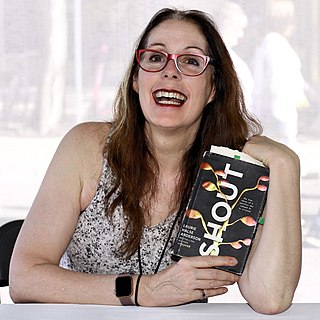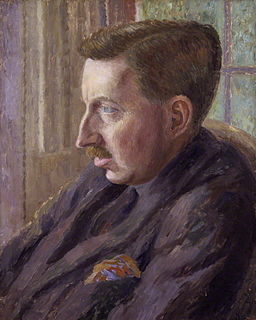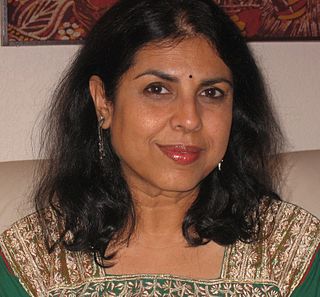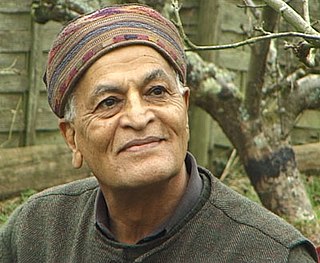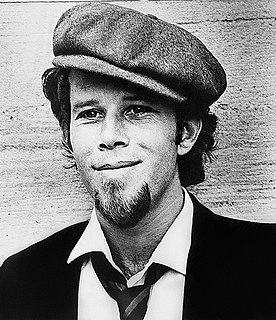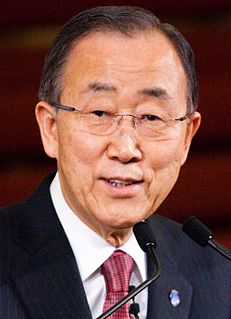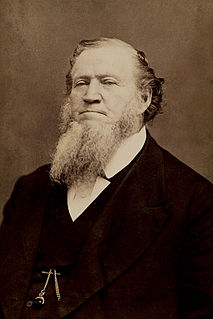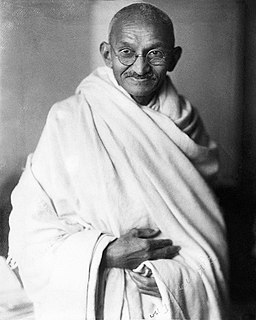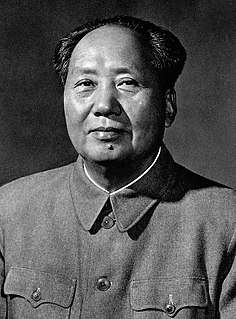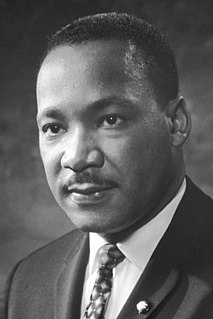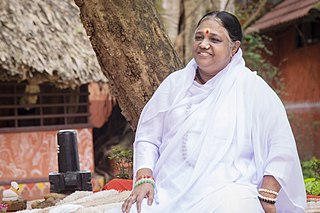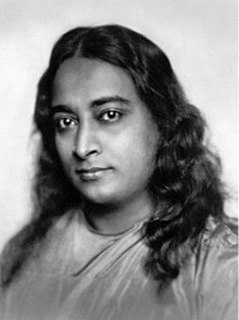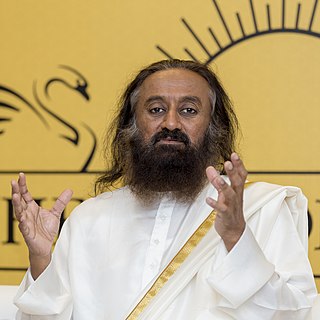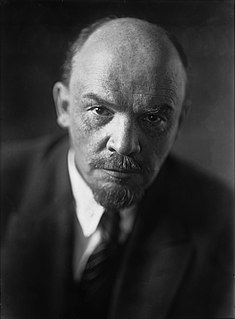A Quote by Dalai Lama
According to accounts of the Buddha's life, it would seem that he had a very deep relationship with nature. He was not born in the royal palace but in a park, under a sala tree. He attained complete enlightenment under the bodhi tree and left this earth to enter Parinirvana, again, between three sala trees. It would seem that the Buddha was very fond of trees.
Related Quotes
When I said that I am the Buddha, the Christ, the Lord Maitreya, and more, it was not a question of superiority or inferiority. I added that phrase 'and more' very carefully, because I knew that people had a very limited understanding of the Buddha and the Christ, and hence if I said: 'I am the Christ, the Buddha', they would limit that Reality to their own conceptions of the Buddha or the Christ, and Life has no limit.
Mr. Freeman: You are getting better at this, but it's not good enough. This looks like a tree,but it is an average, ordinary, everyday, boring tree. Breathe life into it. Make it bend - trees are flexible, so they don't snap. Scar it, give it a twisted branch - perfect trees don't exist. Nothing is perfect. Flaws are interesting. Be the tree.
The present flowed by them like a stream. The tree rustled. It had made music before they were born, and would continue after their deaths, but its song was of the moment. The moment had passed. The tree rustled again. Their senses were sharpened, and they seemed to apprehend life. Life passed. The tree rustled again.
...trees to cool the towns in the boiling summer, trees to hold back the winter winds. There were so many things a tree could do: add color, provide shade, drop fruit, or become a children's playground, a whole sky universe to climb and hang from; an architecture of food and pleasure, that was a tree. But most of all the trees would distill an icy air for the lungs, and a gentle rustling for the ear when you lay nights in your snowy bed and were gentled to sleep by the sound.
What we want is another sample of life, which is not on our tree of life at all. All life that we've studied so far on Earth belongs to the same tree. We share genes with mushrooms and oak trees and fish and bacteria that live in volcanic vents and so on that it's all the same life descended from a common origin. What we want is a second tree of life. We want alien life, alien not necessarily in the sense of having come from space, but alien in the sense of belonging to a different tree altogether. That is what we're looking for, "life 2.0."
The Buddha's insight into the middle way is not simply about a balance between extremes. This conventional understanding misses the deeper revelation of the middle way as being the very nature of unexcelled enlightenment. The middle way is an invitation to leap beyond nirvana and samsara and to realize the unborn Buddha mind right in the middle of everywhere.
Sometimes I come across a tree which seems like Buddha or Jesus: loving, compassionate, still, unambitious, enlightened, in eternal meditation, giving pleasure to a pilgrim, shade to a cow, berries to a bird, beauty to its surroundings, health to its neighbors, branches for the fire, leaves for the soil, asking nothing in return, in total harmony with the wind and the rain. How much can I learn from a tree? The tree is my church, the tree is my temple, the tree is my mantra, the tree is my poem and my prayer.
Once upon a time there was a crooked tree and a straight tree. And they grew next to each other. And every day the straight tree would look at the crooked tree and he would say, "You're crooked. You've always been crooked and you'll continue to be crooked. But look at me! Look at me!" said the straight tree. He said, "I'm tall and I'm straight." And then one day the lumberjacks came into the forest and looked around, and the manager in charge said, "Cut all the straight trees." And that crooked tree is still there to this day, growing strong and growing strange.
I had actually finished the manuscript of 'The Wild Trees' and turned it in to Random House when all of a sudden word came. Michael Taylor and his colleague, Chris Atkins, another explorer, have just knocked one out of the park. They found the world's tallest tree. The tree is named Hyperion, 379.1 feet tall.





